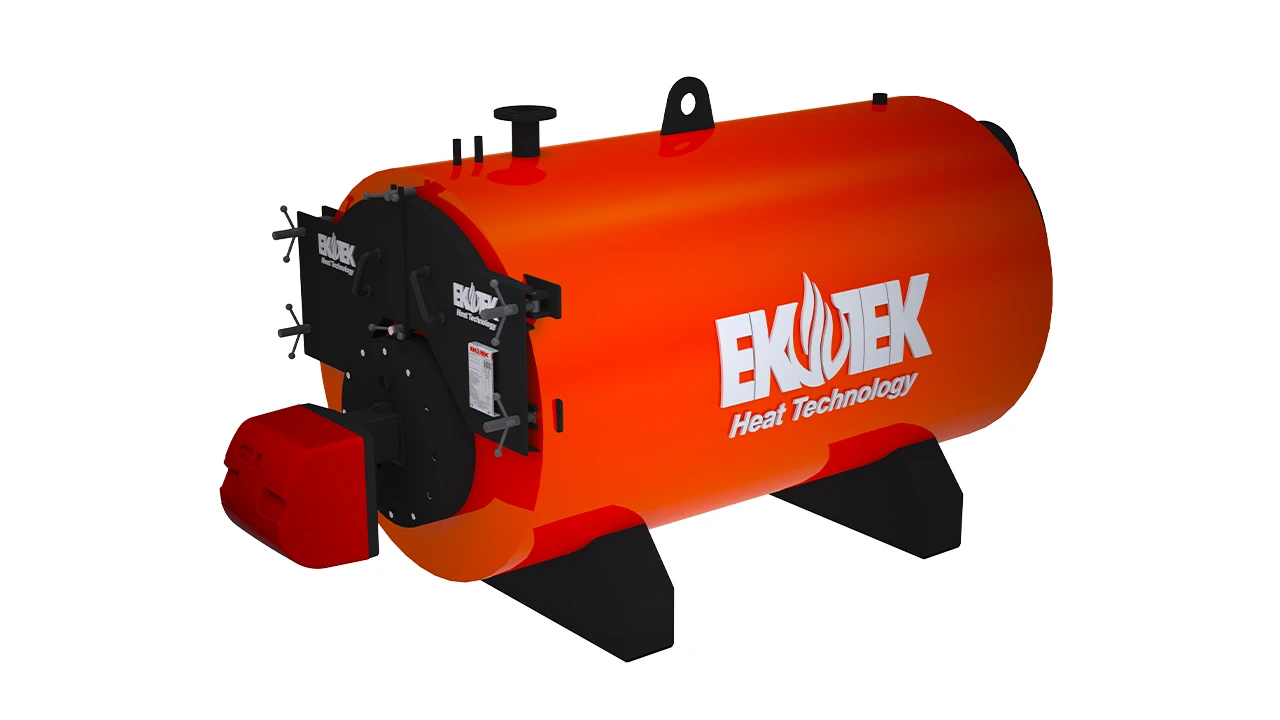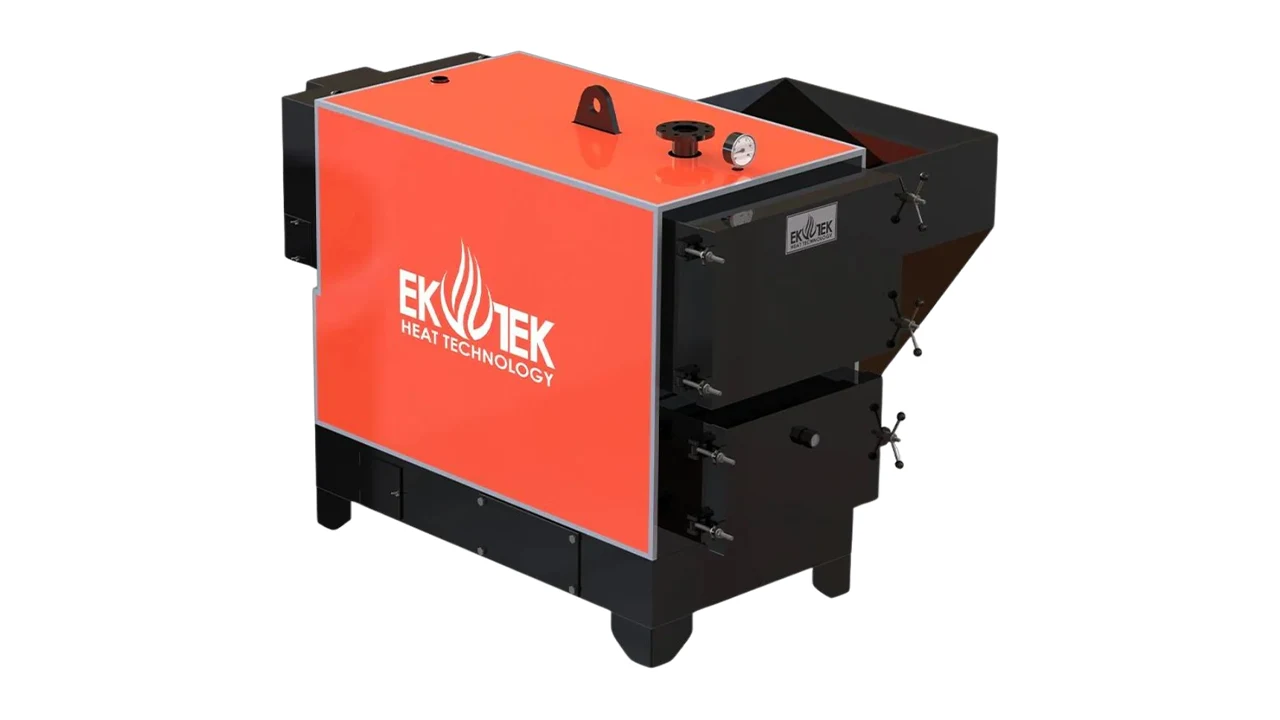What Is Superheated Water?
Superheated water is liquid water that has been heated above its normal boiling point of 100°C (212°F) without turning into steam, thanks to the application of high pressure. This unique thermal condition allows industries to benefit from high-temperature heating without the safety concerns of steam systems.
How Superheated Water Works
In superheated water systems, water is pressurized and heated inside specially designed boilers. For example, at 6 bar of pressure, water can reach temperatures of 160°C or higher while remaining in the liquid phase. Since it does not convert into steam, superheated water delivers thermal energy safely and efficiently through closed-loop circulation systems.
The hot water is pumped through pipes to process equipment such as heat exchangers, reactors, and dryers. Once the heat is transferred, the cooled water returns to the boiler for reheating, forming a continuous cycle.
Advantages of Superheated Water
-
High temperature heating without phase change
-
No steam generation, which reduces explosion risk
-
Efficient energy transfer and heat control
-
Less corrosion and scaling than in steam systems
-
Ideal for sectors like food processing, chemicals, textiles, and district heating
Common Applications
-
Pasteurization and sterilization in the food industry
-
District and central heating networks
-
Paper and textile drying systems
-
Heat exchangers in industrial processes
-
Thermal systems in power plants
At Ekotek Heat Technology, we provide advanced heating solutions powered by superheated water systems. Our products are engineered for durability, energy efficiency, and operational safety in demanding industrial environments.


